A Reflection on Assessment During and After Lockdown
)
With statutory assessment cancelled for another year, we are ‘strongly encouraged’ to use past papers to support our judgements, but is this the only way to find the information we need?
A test will give us a measurable outcome, but it won’t tell us about a pupil’s tenacity, creativity or misconception. A five minute observation could tell us all of these things, but is susceptible to unconscious bias. As with any assessment system, the first step is to decide what we need to know: parents may want to understand how well their child is achieving against national expectations and peers, their areas for development or learning behaviours; secondary schools want a standardised numerical assessment of pupils’ attainment; senior leaders need information on how well cohorts of pupils are progressing and teachers need to know when to reinforce learning or move on.
To be as efficient and effective as possible, we need to plan the method of assessment according to our needs. Which of the strategies below tells us most about a pupil’s understanding of fractions or their progress within a unit of history?
- Test / past paper
- Questionnaire / quiz
- Challenge in which to apply the skill to be assessed
- 1-1 or small group interview
- Review / article
- Practical assessment / observation
- Concept map
- Hinge questions
- Sorting statements
- Graphic organiser
- KWL grid
- Retrieval quizzes
- Self-assessment
We also need to consider not just how to assess but when:
- After learning tells us whether pupils are ready to move
- on or how successfully they have learnt
- Before learning reveals what we need to teach
- During learning enables us to adjust, develop or extend
- Assessing when a pupil is ready confirms that a pupil has reached a particular milestone, for example using a past phonic check could demonstrate that a child has met the standard
Whichever strategy we choose, we can’t wait until the end of a term, half term or unit. As Guy Claxton says; “Aircraft fly by constantly monitoring their direction and making small adjustments. They don’t wait until they have flown 3,000 miles before checking they are on course.”
This article was written by Jane Downes, Hsis Associate Adviser for Assessment, and was published in the Spring Term 2021 issue of the ‘HES School Improvement Update’ produced by the Hsis Team. This is a half-termly update to keep in touch with leaders and teachers in schools.
You can read the original article here.


)
)
)
)
)
)
)
)
)